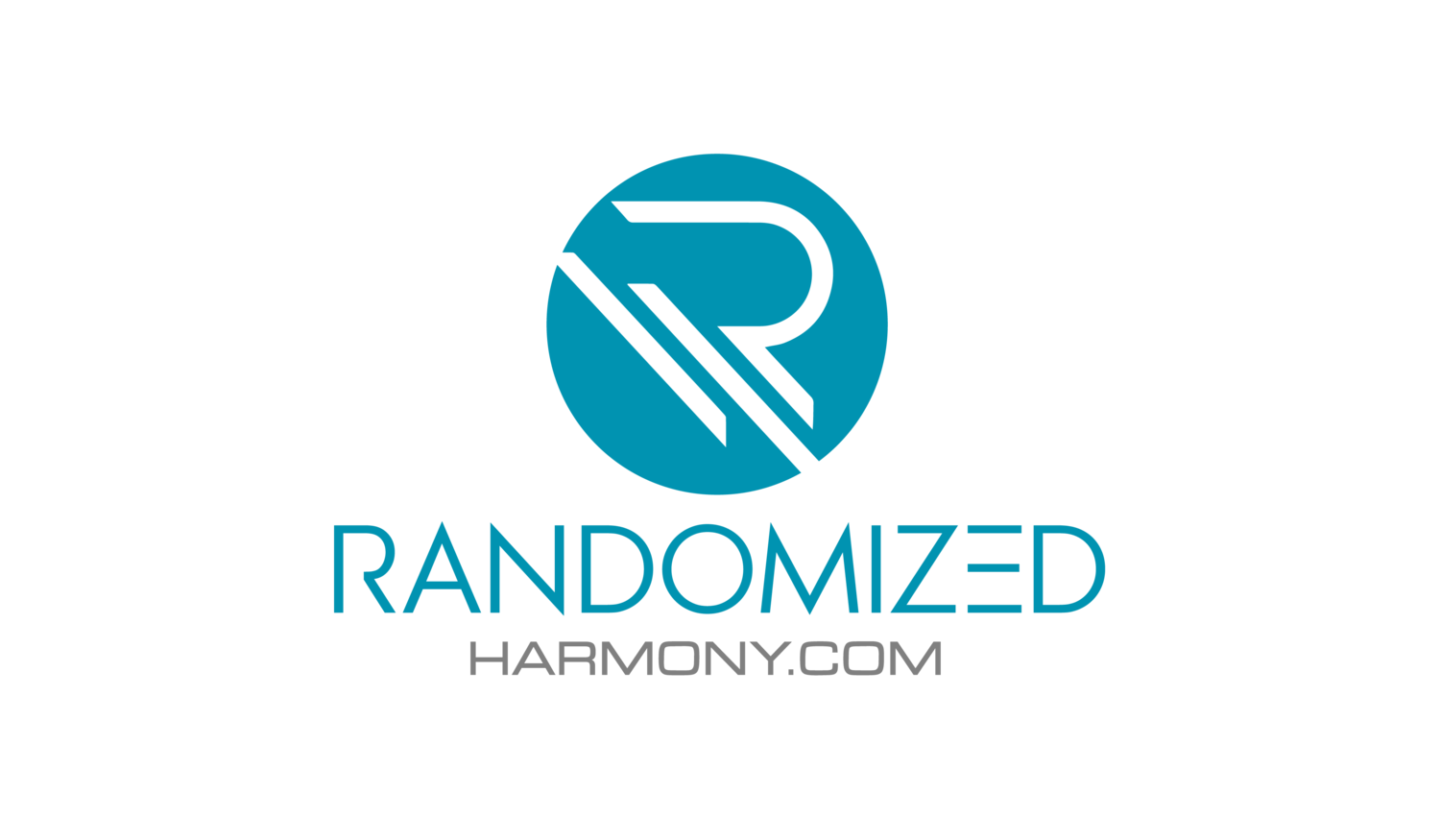PSHSummit A Wrap Up
This year I had the privilege and honor of being selected to speak at the PowerShell Global Summit - it was a new experience for me but that seems to be the thing this year. New things (more on that later)
I will admit - as much as I prepared and tried to make the conversation a good one - I still feel as though I failed to do as well as I wanted to do. Regardless - I did en up hearing from a few that they thought it was good - so there is that (that darn imposter syndrome kicking in). And if I get selected for next year - I know I will be able to take some of the lessons from this year and make things (hopefully) better.
But there are a few things I learned from doing this year’s summit - but probably the best thing I learned is to take everything in no matter what. What I mean by that is yes attend the sessions - but those side sessions are the things that are the most important thing in the world. I learned so much on how others are implementing stuff in their environments. It was also nice to learn that I was not alone in some of the issues I was facing at my work - namely - blocking of WinRM on the work network. It was also great to connect with the others who are trying to lead PowerShell user-groups in their areas and hear what is and isn’t working for them.
It’s funny saying that the social aspect of the conference was one of the best things this year - especially from someone as introverted as myself. That being said - in short bursts I am able to handle being around multiple people at once. And it seems that being uncomfortable as I was at that time it helped to bring in the data that I needed to absorb from those around me. I was not comfortable so therefore I was paying attention to things more than usual and I was able to let this information be absorbed (for some reason) better.
So what did I learn? Be uncomfortable - even if for a little bit. You never know what you may learn when that happens.


